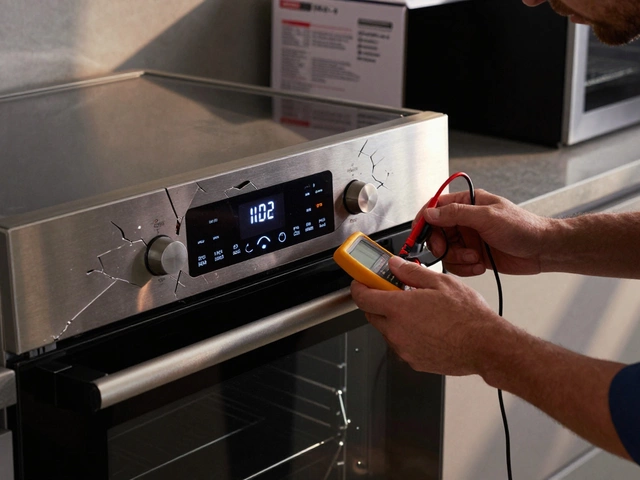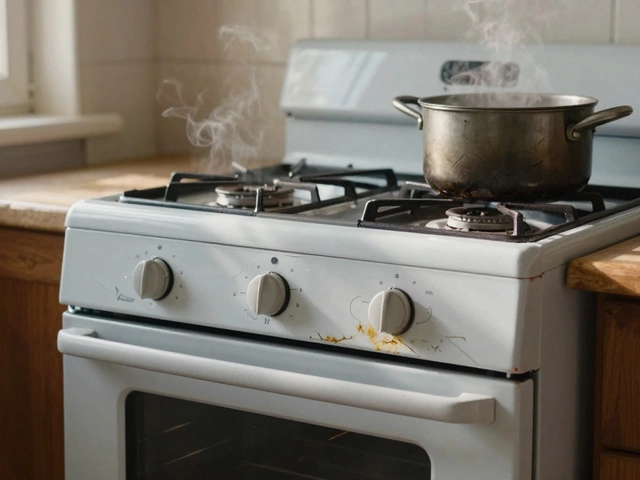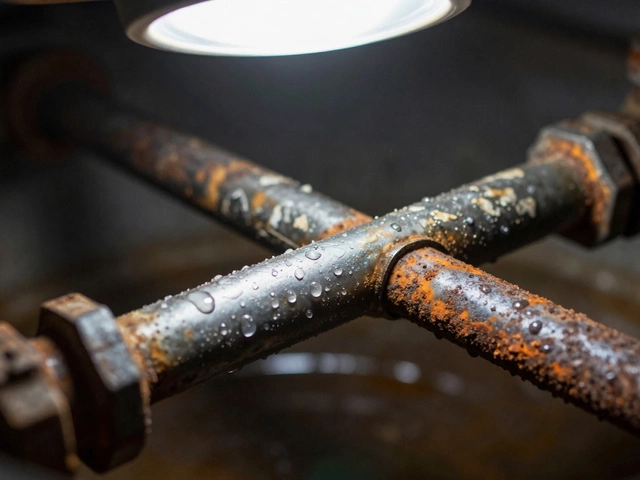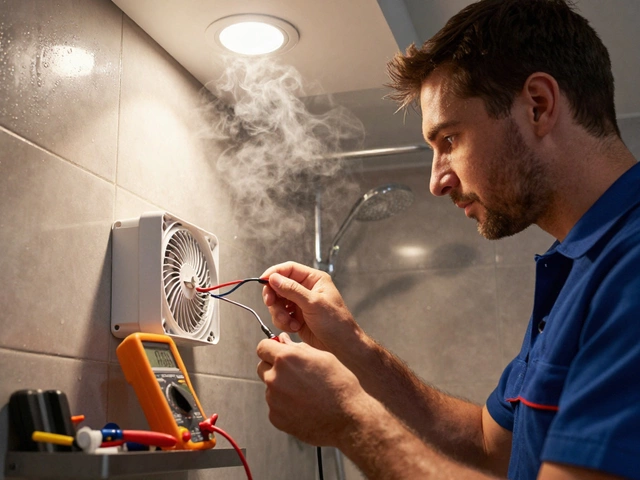Washer Drum Problems and Fixes
If your washing machine is making strange noises, shaking a lot, or won’t spin, the culprit is often the washer drum. The drum is the heart of the machine – it holds your clothes and spins them dry. When it starts acting up, you feel it right away. Below you’ll find the most common drum issues, easy checks you can do at home, and clear signs it’s time to call a professional.
What to Look for When Your Drum Misbehaves
First, listen. A loud thumping or rattling sound usually means something is hitting the drum. It could be a loose drum belt, a broken shock absorber, or even a stray object like a coin that slipped through a pocket.
Second, watch the movement. If the drum wobbles side‑to‑side during the spin cycle, the suspension springs or dampening pads are probably worn out. Those parts keep the drum stable, and when they fail the whole machine shakes.
Third, check for leaks. Water pooling at the bottom of the washer often points to a cracked drum seal or a damaged tub. A seal failure lets water escape, and the drum may start leaking out of the front or back.
Finally, notice any error codes on the display. Modern washers will flash a code if the drum sensor detects an imbalance or if the motor can’t turn the drum. Look up the code in your user manual – it’s a fast way to pinpoint the problem.
DIY Checks and When to Call a Technician
Start with the easy stuff. Unplug the machine, remove the back or front panel (depending on your model), and give the drum a gentle push. It should spin freely. If you feel resistance or hear grinding, something inside is dragging – it could be a worn bearing.
Next, inspect the drum belt. Pull it off and look for cracks or fraying. A belt that’s too loose will slip, causing the drum to stop spinning even though the motor runs.
If you’re comfortable, check the drum bearings by rotating the drum by hand. It should turn smoothly without a grinding feeling. Bad bearings are a common cause of loud rumbling and can eventually damage the motor if left unchecked.
When any of these checks reveal a broken part, it’s time to call a pro. Replacing bearings, seals, or suspension components involves disassembling the machine and handling heavy parts – a job best left to trained technicians. At Hinckley Home Appliance Repair we have the tools and experience to get the drum back in shape without causing further damage.
Even if you can’t see the problem, a quick call can save you time. Our team can schedule a visit, diagnose the issue on the spot, and give you a clear price before any work starts. That way you avoid surprise costs and get your washer running again fast.Remember, regular maintenance helps prevent drum trouble. Keep the lint filter clean, avoid overloading the machine, and run a cleaning cycle once a month. These small habits keep the drum balanced and reduce wear on the bearings and seals.
Bottom line: if your washer drum is noisy, shaking, leaking, or won’t spin, start with the simple checks above. When the problem points to a broken belt, worn bearings, or faulty suspension, give us a call. We’ll fix the drum, get your laundry routine back on track, and extend the life of your washing machine.
30 May 2025
·
0 Comments
Wondering which part of your washing machine will break the bank if it needs replacing? This article explains which component is most costly to swap out, why it's so pricey, and what goes into the repair. You'll also learn some handy tips to extend your washer’s lifespan and avoid those big repair bills. Get the facts, practical advice, and a few lesser-known pointers every washer owner should know. Let’s make sure your machine lasts — and your wallet survives.
Read more






